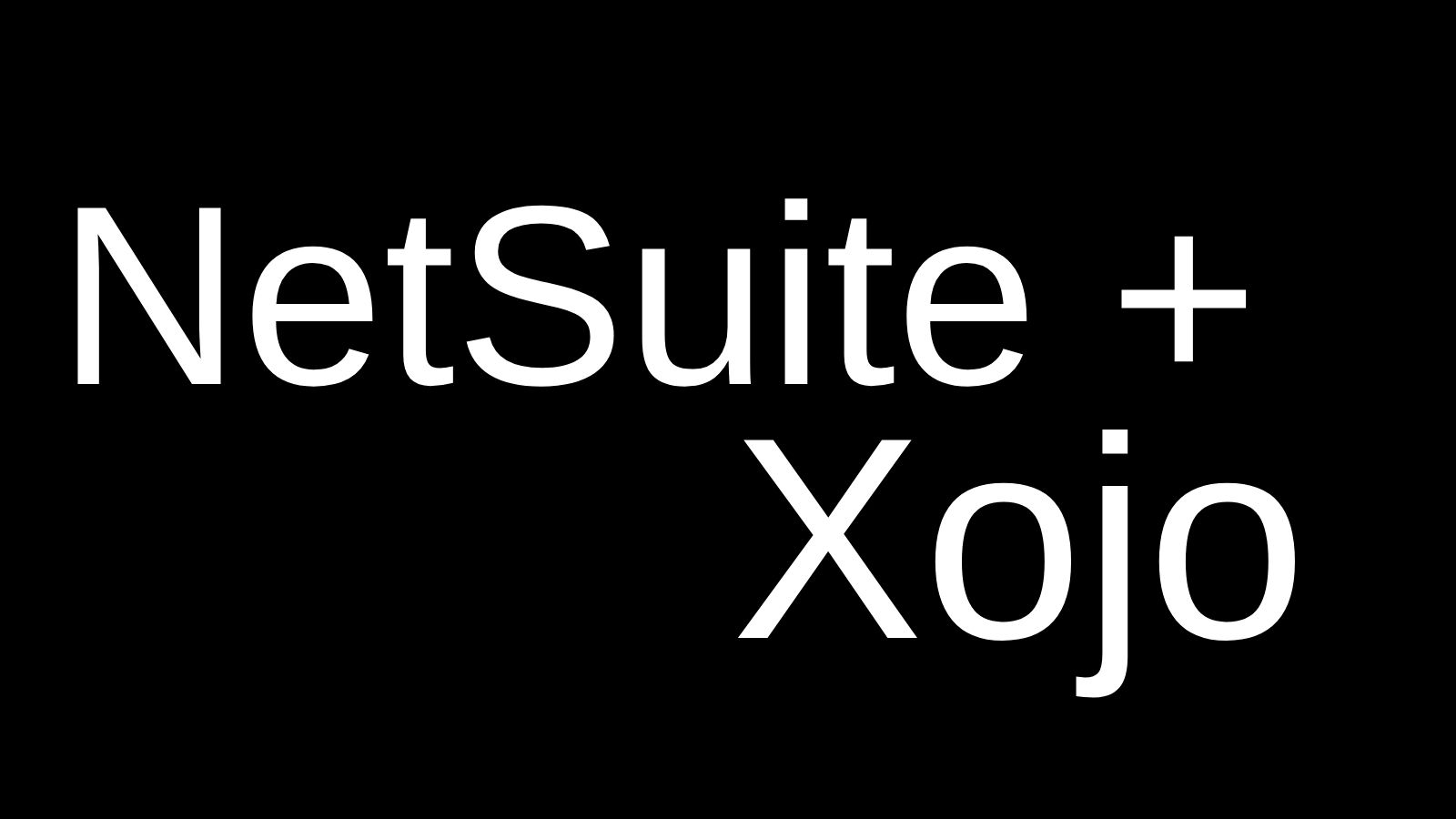If you build desktop apps for Windows and wish to start using the new XAML-based controls via the DesktopXAMLContainer but aren’t sure how to localize those controls, here’s the solution:
Comments closedAuthor: Geoff Perlman
Some of you likely want to start using XAML but your desktop projects also run on macOS and perhaps Linux. If that’s the case, what…
Comments closedIn order to test the Android apps you create in Xojo, you either need to have an actual Android device (Xojo supports on-device testing/debugging) or you need to set up an Android Emulator in Android Studio. Read on or jump over to Xojo YouTube Channel to watch this process in this Creating an Android Emulator video.
Comments closedApple has released the developer documentation for Vision Pro, their recently announced mixed reality headset. So far, it looks promising that iOS apps written in Xojo will just work. Of course, we don’t yet have one of these to use for testing. If we did, we’d be too busy playing with it to write this blog post, however we have tried running some Xojo iOS projects in the Vision Pro Simulator and they work without modification so that’s a very good sign.
Comments closedUsing Xojo’s URLConnection to communicate with web services is pretty straightforward. But testing the actual REST API calls can get tricky. To make it easier to test and experiment with REST API calls, Paul created an app in Xojo for doing just this. He called it RESTy in its original format back in 2015. The most recent version of the example project can be found in Xojo by choosing File > New Project, clicking on Examples then clicking on Communication > Internet > Web Services >RESTy.
Comments closedXojo has very good graphics support. You can drop images into your project and use them with several controls. You can use the various Paint events to draw your own graphics. And there’s another source of graphics you may not have considered: emojis. Emojis can be used anywhere that text can be used because they are simply Unicode characters. That means they can be used in textfields, buttons, labels, popup menus, listboxes and more.
Comments closedTim has found that many NetSuite users want to create custom applications that interact with their data in NetSuite and Xojo is truly ideal for this. Some NetSuite users contract this work out to developers like Tim while others are interested in creating apps themselves. During the webinar, Tim and I demonstrated Xojo to NetSuite users while also demonstrating NetSuite to Xojo users who may be interested in incorporating it into their organizations or providing development services to NetSuite users.
Comments closedI recently wrote a big data processing app that was going to run for a while dealing with data that was occasionally inconsistent in ways…
Comments closedI’ve learned over the years not to have any specific expectations from Apple’s WWDC keynote. Some years they introduce something big and new that we were pretty much expecting. Other years they blindside us. As the CEO of a company that creates tools for building apps for most of Apple’s ecosystem and given Apple’s history of secrecy, I’m understandably curious just how blindsided I might be each June. Fortunately, this year’s keynote was filled with features that ranged from mildly interesting to really awesome but all incremental improvements across Apple’s software line.
Comments closedFor a while now we have been managing our API proposals with Issues, a web-based task management system from Gitlab. Issues can be used for…
Comments closed
